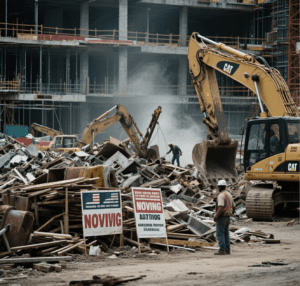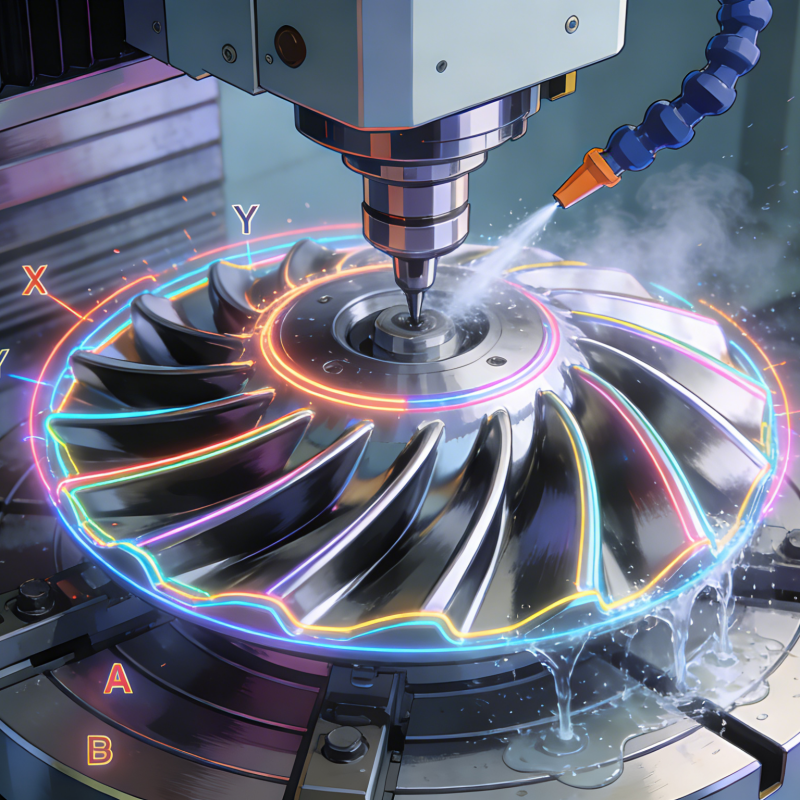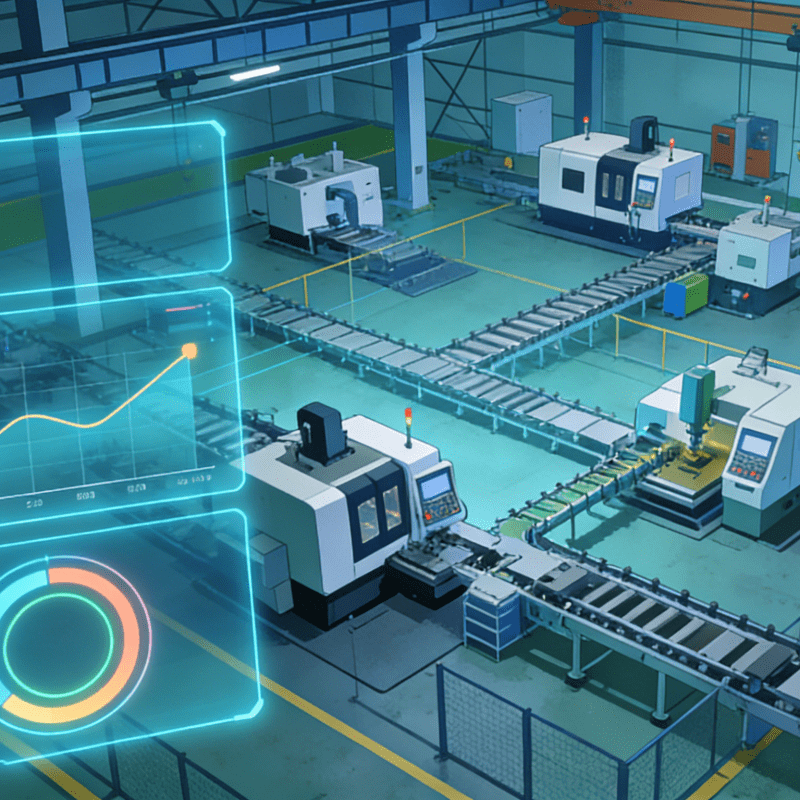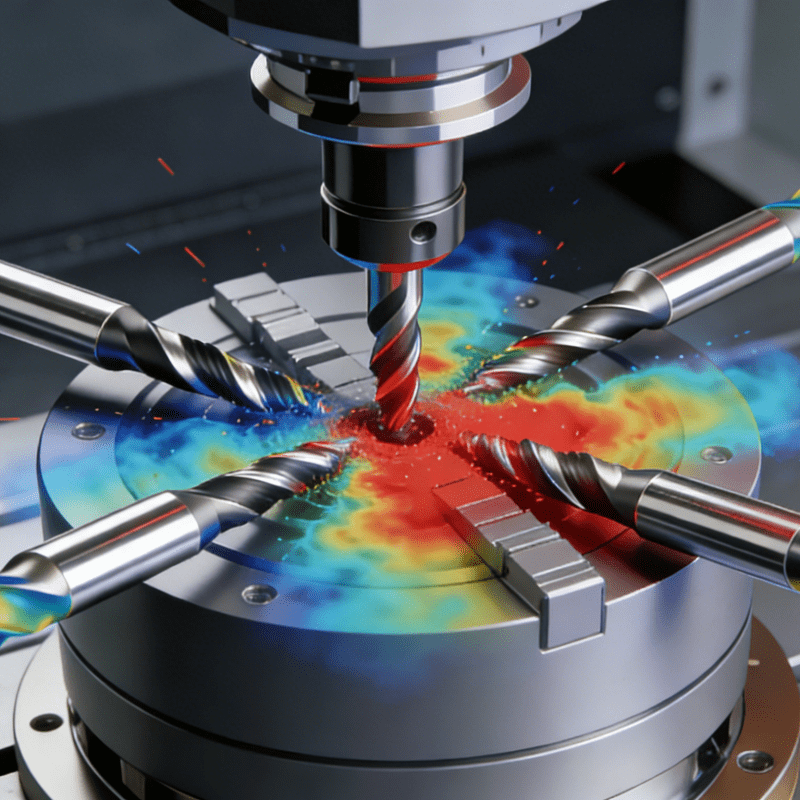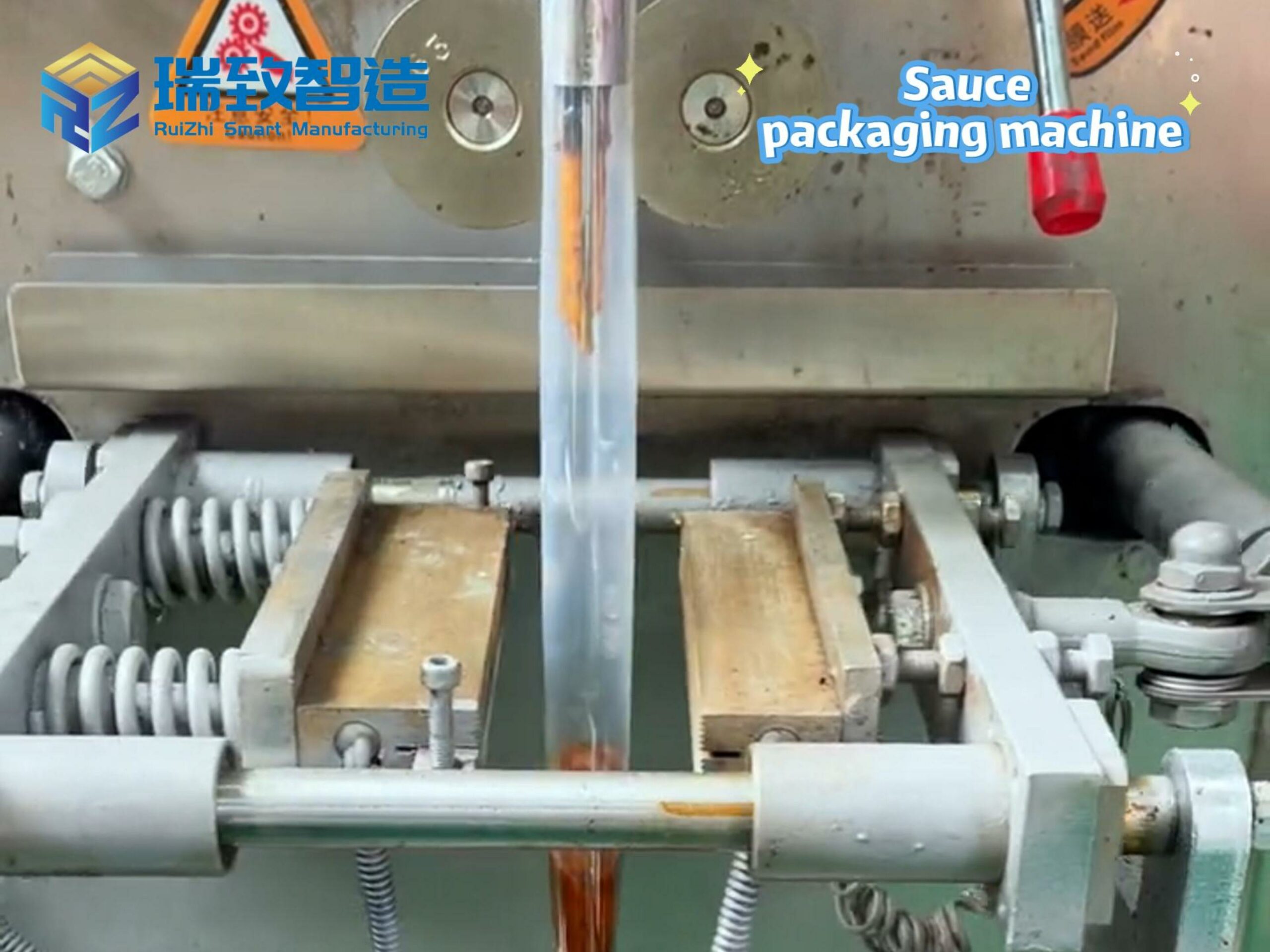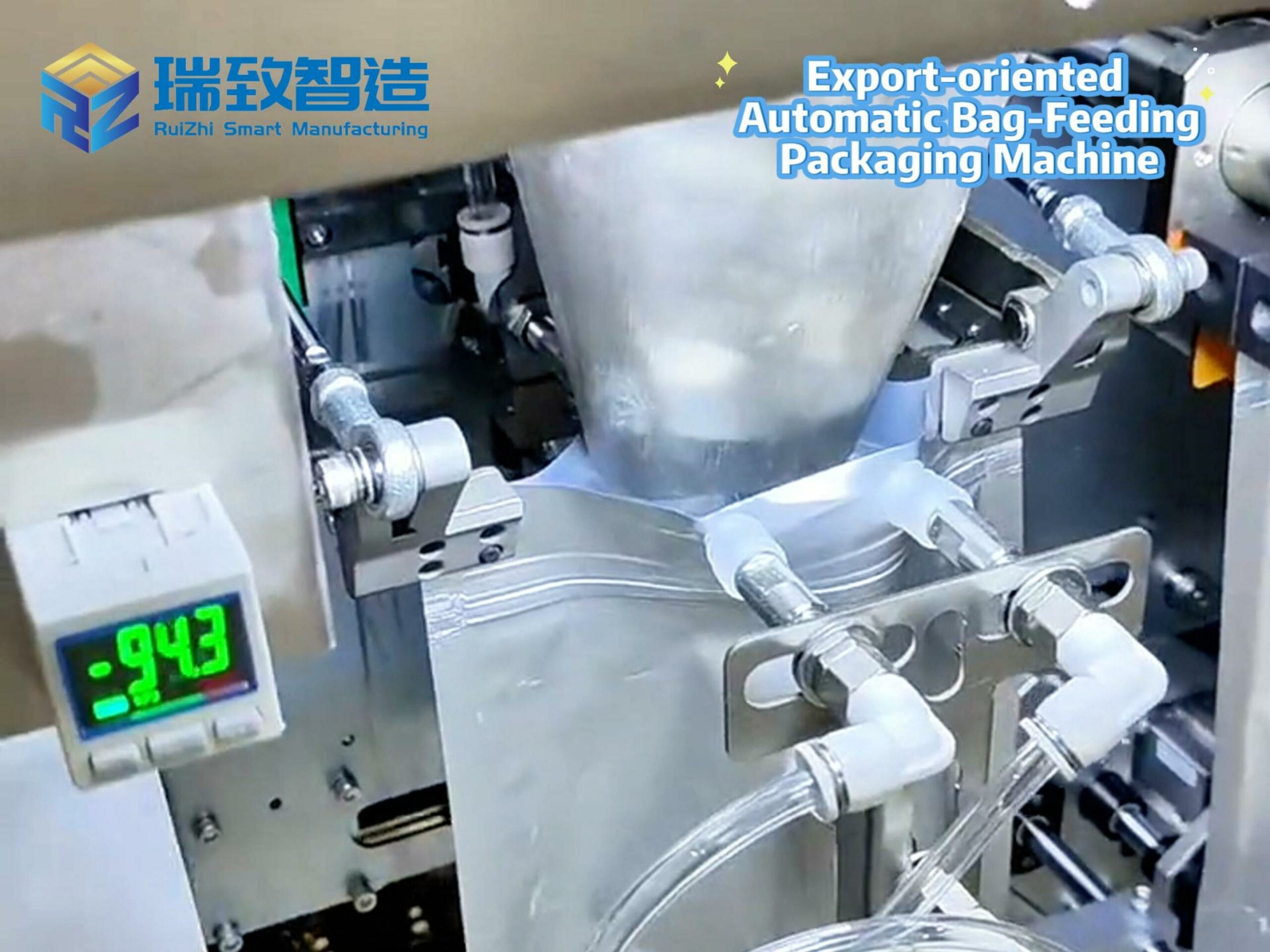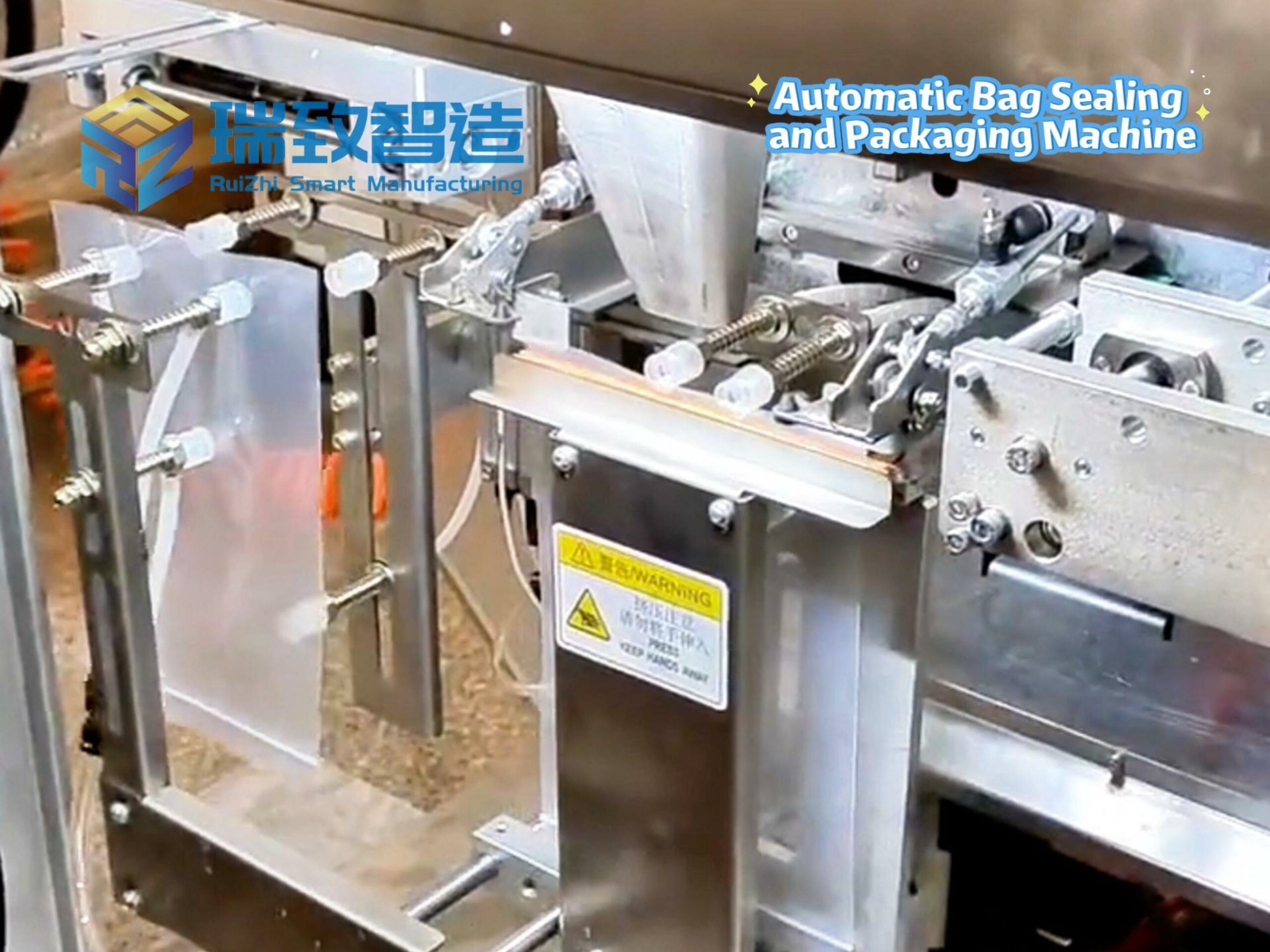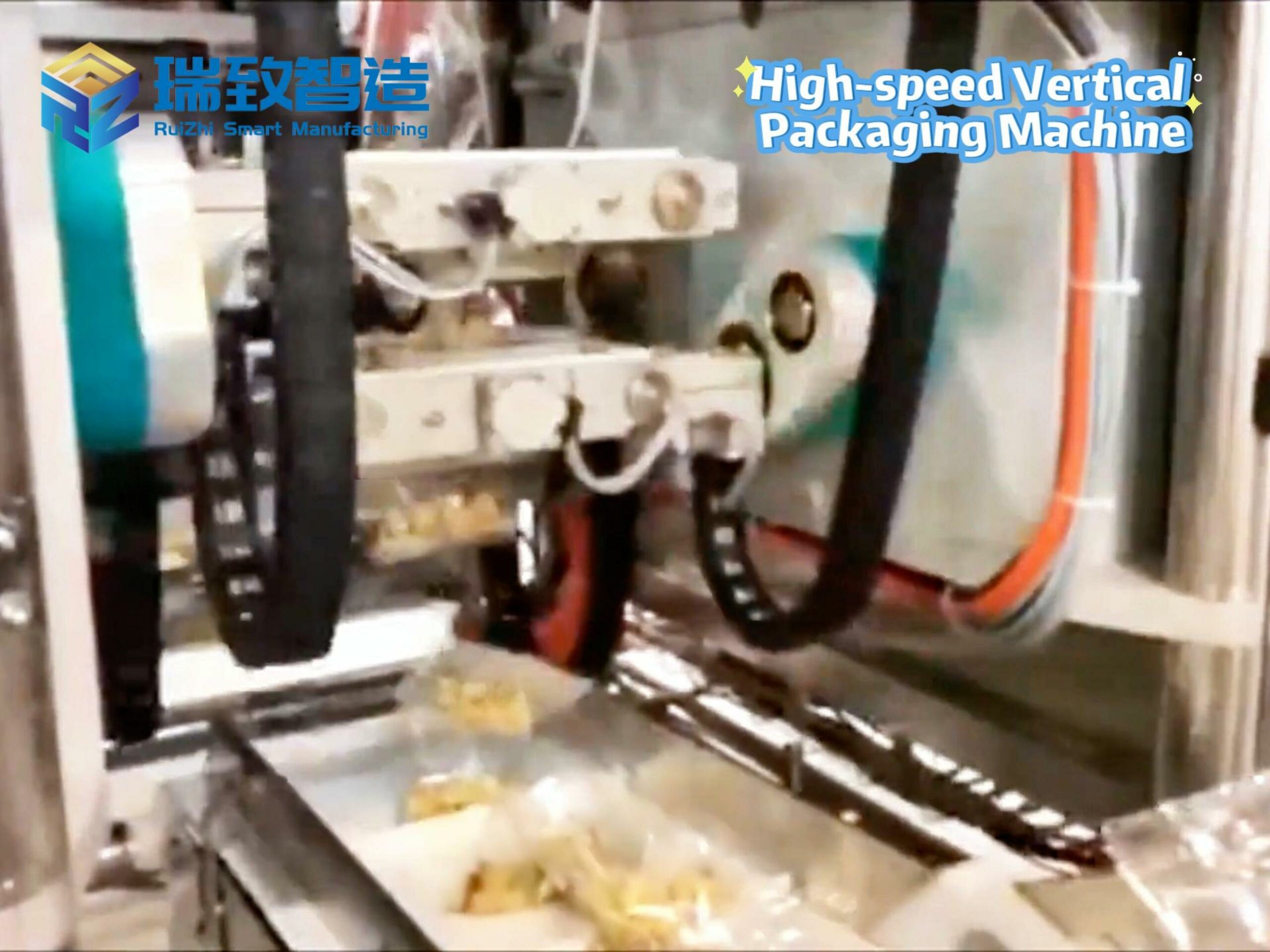Construction sites across the U.S. are caught in a brutal bind: demand for new housing, roads, and energy projects is surging, yet nearly 400,000 construction jobs sit unfilled. At the same time, the industry remains one of the most dangerous—199 workers died from heavy machinery incidents in 2022 alone, with hundreds more injured by crushes, amputations, or equipment collisions.
Into this gap steps Bedrock Robotics, a San Francisco startup that last week announced an $80 million funding round to retrofit bulldozers and excavators with AI-driven automation. The goal, the company stresses, isn’t to replace workers with robots. It’s to ease a critical labor shortage, make deadly tasks safer, and unlock stalled projects that could otherwise never get off the ground.
In Short
- Bedrock Robotics has raised $80 million to transform construction equipment with AI-driven automation.
- The startup aims to tackle nationwide labor shortages and improve workplace safety.
- Its autonomous systems are already operational in multiple states, with plans for driverless deployment by 2026.
As construction sites across the U.S. stall due to labor shortages, Bedrock’s solution comes at a critical moment. The company equips standard heavy equipment—bulldozers, excavators—with cameras, sensors, and machine learning software, allowing them to navigate rough terrain and perform digging operations with minimal supervision. Supporters say this will help close the growing labor gap that has delayed housing, road, and energy projects nationwide.
“All these macroeconomic pressures are driving huge construction demand,” Boris Sofman, founder and CEO of Bedrock Robotics, told Decrypt. “At the same time, there’s a 500,000-worker shortage in construction. Forty percent of that workforce is going to retire in 10 years, and there aren’t enough new people coming in to meet current—let alone growing—demand.”
To address this shortage, Bedrock has launched Bedrock Operator, an AI-powered system that converts traditional construction vehicles into semi-autonomous machines. Operators use cameras, sensors, and machine learning models to understand terrain and complete digging tasks, while providing real-time updates to project managers.
Sofman argues that growing demand and long-term labor shortages make automation not only beneficial for profitability but also critical for reducing workplace injuries.
“Construction is the most injury-prone industry of all trades,” Sofman said. “So you have huge demand, insufficient labor supply, skyrocketing costs, and many projects that simply don’t get done.”
According to the U.S. Bureau of Labor Statistics, 199 workers died due to heavy machinery in 2022 alone, with 738 deaths resulting from contact with equipment or objects. A 2024 report from personal injury law firm Talbot, Carmouche & Marcello detailed these risks, including crush injuries, amputations, and ejection from cabs.
While AI and automation have sparked fears of job losses and loss of meaning, Sofman says the reality is far more nuanced. With insufficient labor entering the field, automation can help keep projects on track and even create more jobs by accelerating development.
“If you improve efficiency, you unlock projects that have funding but can’t move forward,” he said. “That creates jobs, supports the economy, boosts manufacturing expansion, builds more housing, lowers home prices, improves infrastructure, advances energy projects—all of which create more jobs.”
Beyond safety, a significant benefit of using robotic construction vehicles is their ability to operate continuously for up to 24 hours a day.
Bedrock is not the only company pushing automation on construction sites. Built Robotics equips excavators with its Exosystem kit for unmanned digging; SafeAI retrofits dump trucks and loaders with automation kits. Emerging startups like Polymath Robotics are building plug-and-play automation stacks for industrial vehicles; Lumina is developing fully electric self-driving bulldozers.
Meanwhile, heavyweights like Caterpillar and John Deere are rolling out their autonomous machines—Caterpillar’s self-driving haul trucks already move millions of tons in quarries, and John Deere recently launched an autonomous dump truck and a line of AI-powered tractors and mowers.
This level of competition has led to a surge in investment, with the global construction robotics market expected to reach $8 billion by 2033.
The rise of construction robots isn’t a story of machines pushing humans out—it’s a story of technology stepping in to solve a crisis. With 40% of current construction workers set to retire in a decade and too few new recruits to replace them, automation is becoming the bridge between unmet demand and feasible progress.
By 2033, the global construction robotics market is projected to hit $8 billion, a testament to the industry’s recognition that robots aren’t threats. They’re partners—keeping sites safe, projects on track, and workers focused on the skilled, meaningful work only humans can do. In the end, construction automation isn’t about replacing jobs. It’s about preserving an industry—and building a future that wouldn’t be possible without it.

